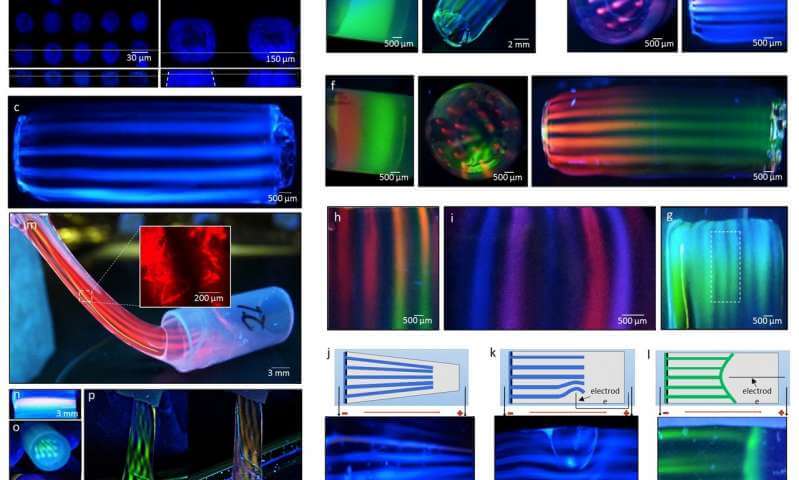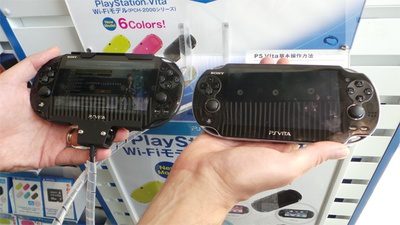Schlagwort: uk
-

You have 3 ways to meet Massimo Banzi in the UK!
Reading Time: 3 minutesMassimo Banzi and the Arduino Pro team will be crossing the Channel soon for a short tour of Southern England, touching base with long-time partners and meeting many new Arduino fans! On July 11th at 4PM BST, Massimo has been invited to give a Tech Talk at Arm’s headquarters in Cambridge, as…
-

Molecular 3D Printing Technique Could Recreate Chemical Environments of the Human Body
Reading Time: 3 minutesScientists have developed an easy and affordable way to print biological environments without losing their chemical complexities. Biomedical engineering and the molecular sciences are among the many industries making use of 3D printing in order to find new ways to target drugs or develop human tissues and organs. Although a variety of…
-

There Is A Huge Underground Farm Hiding 100 Feet Beneath London’s Streets
Reading Time: < 1 minuteThe newest branch line of the London Underground doesn’t go anywhere. But it does produce a lot of nice food to eat. It’s an aquaponic farm, 100 feet below the surface, set to open this March. With sky-high rents in central London, it made sense for the startup behind the project,…
-

Top Gear Tests the McLaren P1 Hypercar, Shows Why It’s the Most High-Tech Yet
Reading Time: < 1 minuteOn the most recent episode of BBC’s Top Gear, Jeremy Clarkson claimed that the McLaren P1 is a game-changing hypercar, and that it’s „a new chapter in the history of motoring.“ It’s a limited production plug-in hybrid, with the entire production of 375 units selling out by November 2013. For those…
-

The Home Counties sinkhole that swallowed a CAR!
Reading Time: < 1 minuteFamily flee village home after their VW disappears into 30ft-deep crater which appeared overnight Ever had that sinking feeling when you open the front door in the morning and wonder where you left the car?






